2022 World Cup Qualifying Around the Globe: Two Tickets Punched, Brazil on Deck

In just over 13 months, a World Cup 12 years in the making will kick off in Qatar. But, just like everything that has encompassed this particular World Cup, qualifying for it has been anything but straightforward.
Whereas UEFA already has a pair of teams qualified for it, the Oceania region hasn't yet started the process of qualifying for its not-even-automatic bid due to logistical issues brought on by the pandemic. The coronavirus has had an incredible impact on the international calendar, with the effects found in everything from compressed schedules to competitions that can't get off the ground, and it has all made for a qualifying process unlike any other.
The last 32-team World Cup before it expands to 48 in 2026 has its spots allocated as follows: One spot is reserved for the host nation, while 13 spots go to Europe, five go to Africa, four and a half go to both Asia and South America, three and a half go to North and Central America and the Caribbean, and half to the Oceania region. Those "half" spots earned by teams send them to a pair of intercontinental playoffs for the last two places in the field. It has not yet been determined which regions will be paired for the playoffs.
But with the October international window now closed and one more on the horizon before it officially becomes a World Cup year, here's how qualifying and the field for the competition are shaping up around the globe:
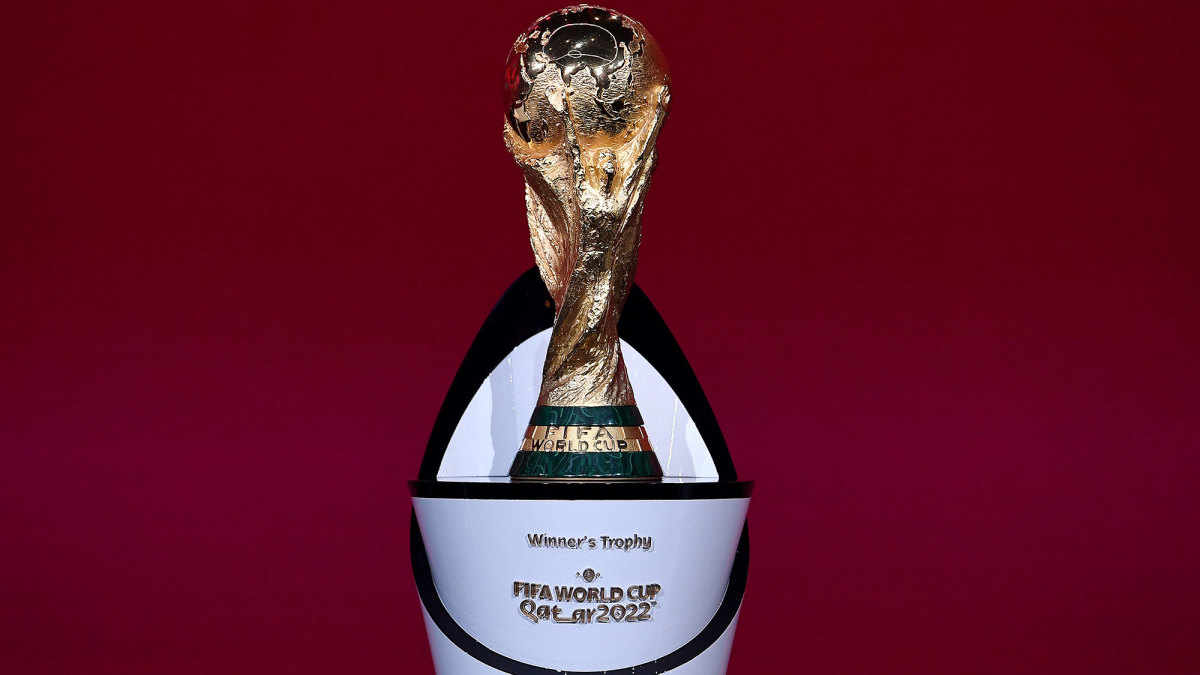
QUALIFIED
Qatar, Germany, Denmark
As host nation, Qatar's place in this competition was cemented Dec. 2, 2010. Germany and Denmark clinched their places last week, securing first-place finishes in their respective UEFA qualifying groups.
Germany's run didn't come without a hiccup. Die Mannschaft dropped a home qualifier to North Macedonia in one of the most stunning upsets imaginable, considering that Germany had never lost a home qualifier before and had lost only two World Cup qualifiers ever. Manager Jogi Löw made way for Hansi Flick after Germany's Euro 2020 exit in the round of 16 (his departure had been announced before the tournament), and the Germans went on to win their five subsequent qualifiers to punch their ticket with games to spare. Perhaps symbolically, the decisive match was the return fixture against North Macedonia.
Denmark, meanwhile, has been flawless. The only perfect team in UEFA, the Danes have gone 8-0-0, scored 27 goals and conceded none to top a group featuring Austria, Scotland, Israel, Faroe Islands and Moldova. The run to the semifinals at the Euros may have been fueled, in part, by the motivation of playing for Christian Eriksen, but Kasper Hjulmand's squad is deserving as can be of its success.
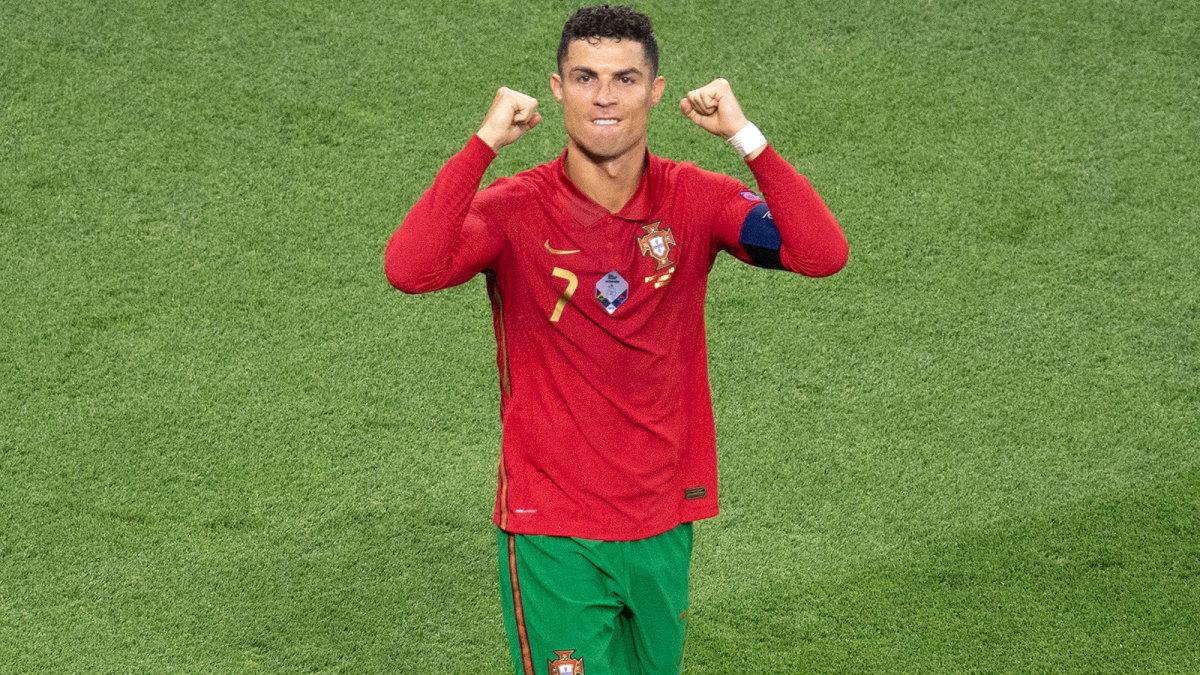
UEFA
Two of the region's 13 places in the competition have been sorted. UEFA's qualifying setup is a bit convoluted. It's straightforward enough as it relates to the 10 groups, with the winner of each booking a trip to Qatar and the runners-up going into a playoff round. It's there where it gets a little confusing. The two top-ranked group winners from the most recent UEFA Nations League competition that haven't already secured a top-two group finish in qualifying are given a reprieve and complete the 12-team playoff picture.
From there, they're separated into three four-team paths, playing single-game playoffs to come up with the region's final three entrants into the World Cup.
Group A is already down to Serbia and Portugal, with Cristiano Ronaldo's side trailing by a point but having a game in hand and hosting Serbia in what should be a decisive last match day. Both are guaranteed at the very least a place in the playoff.
In Group B, Sweden leads Spain by two points, while Greece maintains faint hope of reaching the playoff round. Spain hosts Sweden on the final day of group play looking to avenge defeat in September.
In Group C, all have been eliminated except Italy and Switzerland, which remain level on 14 points apiece. The two meet on the penultimate match day, with the reigning Euro 2020 champions hosting the match that'll all but determine who goes to the World Cup directly, and who will have more work to do. Given how Italy was eliminated in the playoff in the 2018 cycle, it'll want no part of the extra round.
Group D remains wide open, with reigning world champion France having a three-point lead on Ukraine (with a game in hand) and Finland and Bosnia-Herzegovina all within striking distance. Les Bleus' three surprising draws have made this group way tighter than anticipated, but they'll still be expected to top it.
Belgium has all but wrapped up a first-place finish in Group E, leading Czech Republic (on which it has a game in hand) and Wales by five points. The latter two figure to duke it out for a place in the playoff.
Group F has already gone to Denmark, but Scotland (17 points) and Israel (13) are vying for a place in the playoff round with two games to go, and Austria still remains alive via the Nations League route.
The Netherlands, which is seeking to eliminate memories of the failure to reach the 2018 World Cup, tops Group G by two points with two games to spare. Norway (17 points) and Turkey (15) trail the Dutch, while Montenegro (11) can still technically finish second.
In Group H, Russia and Croatia are both guaranteed top-two finishes, with the 2018 World Cup host leading the 2018 World Cup runner-up by two points with two games to go.
England leads Poland by three points in Group I, while Albania and Hungary have yet to be eliminated. Romania, North Macedonia, Armenia and Iceland are still vying for second behind Germany in Group J.
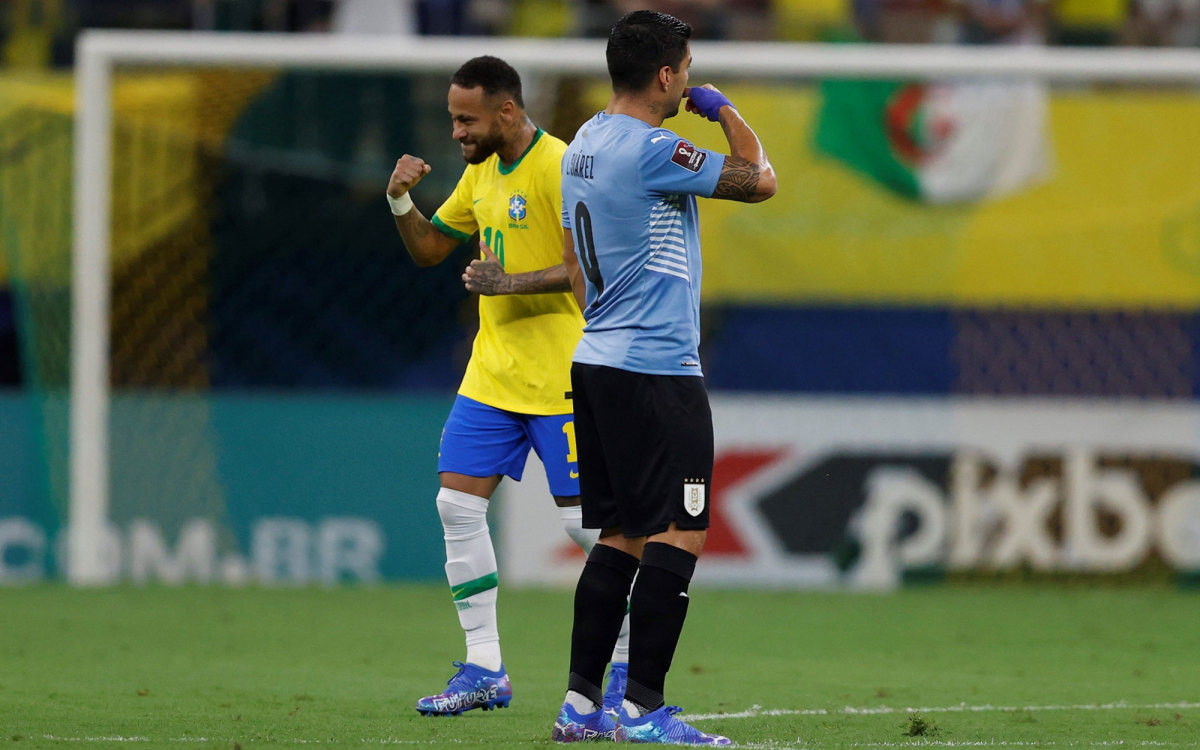
CONMEBOL
Brazil is on the cusp. Following Thursday night's 4–1 rout of Uruguay, the Seleção can clinch their berth with a win over Colombia in their first qualifier next month. And if it doesn't happen then, it's still inevitable that Brazil will be headed to Qatar. Tite's side is a sterling 10-0-1, enjoying a romp during what is widely considered to be the most difficult qualifying challenge in the world—single table, 18 games, each team playing the other home and away.
Right behind Neymar & Co. is reigning Copa América winner Argentina, which is having a polar opposite experience compared to its 2018 qualifying campaign that came down to the final day and was in the balance for far too long. With 25 points putting La Albiceleste nine points clear of fifth place (and with them having a game in hand due to the disgraceful scenes that occurred in Brazil and forced the cancelation of their qualifier last month), Lionel Messi's side is right on track for automatic qualification.
Beyond the two powers, it's a muddled mess. Only Venezuela is truly out of the picture, with its seven points not enough to keep La Vinotinto in the mix. But third place (Ecuador, 17 points) through ninth (Peru, 11) are separated by just six points, leaving plenty of room for maneuvering and drama over the final windows (in order, it's currently Ecuador, Colombia, Uruguay, Chile, Bolivia, Paraguay, Peru, with Uruguay occupying the spot that goes to a playoff). The next window features a slew of matches containing potential six-point swings, which should accelerate some separation.
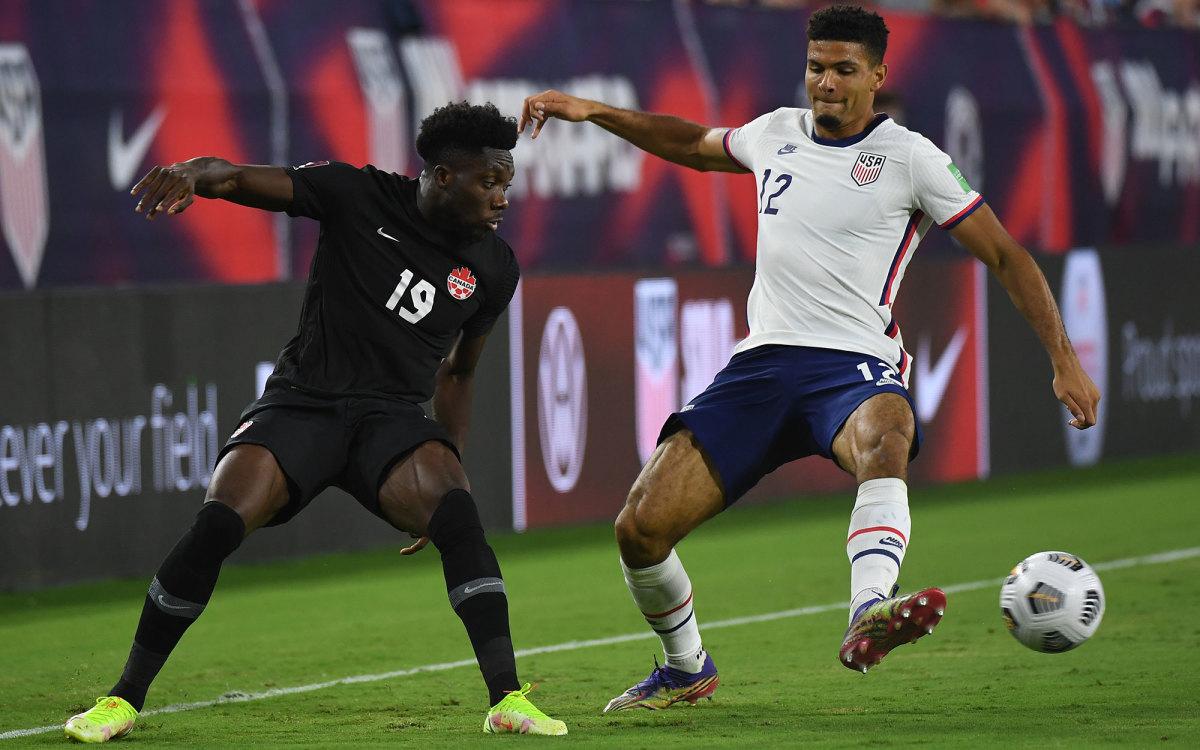
CONCACAF
The three 2026 World Cup hosts are currently in the driver's seat, with Mexico (14 points), the U.S. (11) and Canada (10) occupying the top three places in the table, which come with automatic berths in the 2022 edition. Panama (eight points) sits in fourth, the place that goes to an intercontinental playoff, with eight matches still to come.
There has been some separation between the top and bottom of the table in the first Octagonal in the region's qualification history. Last-place Honduras has just three points and is the only nation that's truly in peril, though the 14-game format provides a buffer and margin for error. Its November window will be vital if it truly plans on getting back into the mix, as it hosts Panama and goes to Costa Rica. The next window is also Mexico's big test, the daunting task of road games in the U.S. and Canada. If Tata Martino's side can win both, then it'll not only separate itself at the top of the table—it can all but punch its ticket to Qatar.
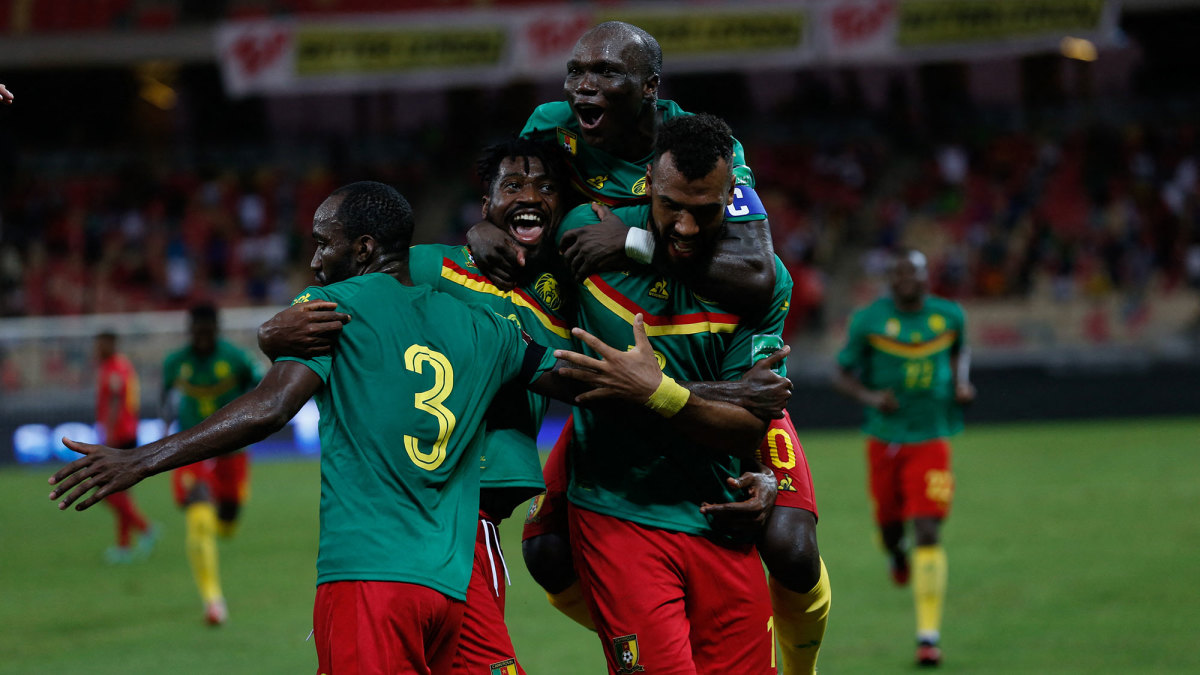
CAF
Morocco and Senegal have claimed the first two places in the 10-team final round, where five head-to-head, two-legged matchups will determine the region's five participants. The semifinal round features 10 four-team groups, where the winners advance. The other eight groups beyond the ones already clinched are still very much in the balance. In Group A, it's mathematically down to Algeria and Burkina Faso, which will face off on the round's final match day next month. If both win their penultimate matches as expected, it'll set up what's effectively a playoff to reach the final round. Algeria has a commanding edge in goal differential, should it come to that.
In Group B, Tunisia has a three-point lead over Equatorial Guinea with two matches to play. Zambia, six points off the pace, is technically still alive. In Group C, Nigeria leads Cape Verde Islands by two points with two games to play, and Central African Republic is mathematically alive but trails by five points.
Ivory Coast and Cameroon are the only teams still in contention in Group D, with Les Elephants leading the Indomitable Lions by a point. Their last-day match in Cameroon should prove decisive. Mali and Uganda are the last survivors in Group E, with the former leading by two points. They, too, are slated for a decisive showdown on the final match day.
Egypt has the inside track in Group F, leading Libya by four points and Gabon by six. In Group G, it's South Africa and Ghana that still have hope, with the Bafana Bafana leading by a point. Continuing the trend, they, also, will have a match on the final day of group play, hosted by Ghana.
The tightest group is Group J, where Tanzania and Benin are level on points with seven, but DR Congo (five) and Madagascar (three) have yet to be eliminated.
Once all 10 groups are sorted, the luck of the draw will determine the matchups for the final round, which will take place in March 2022.
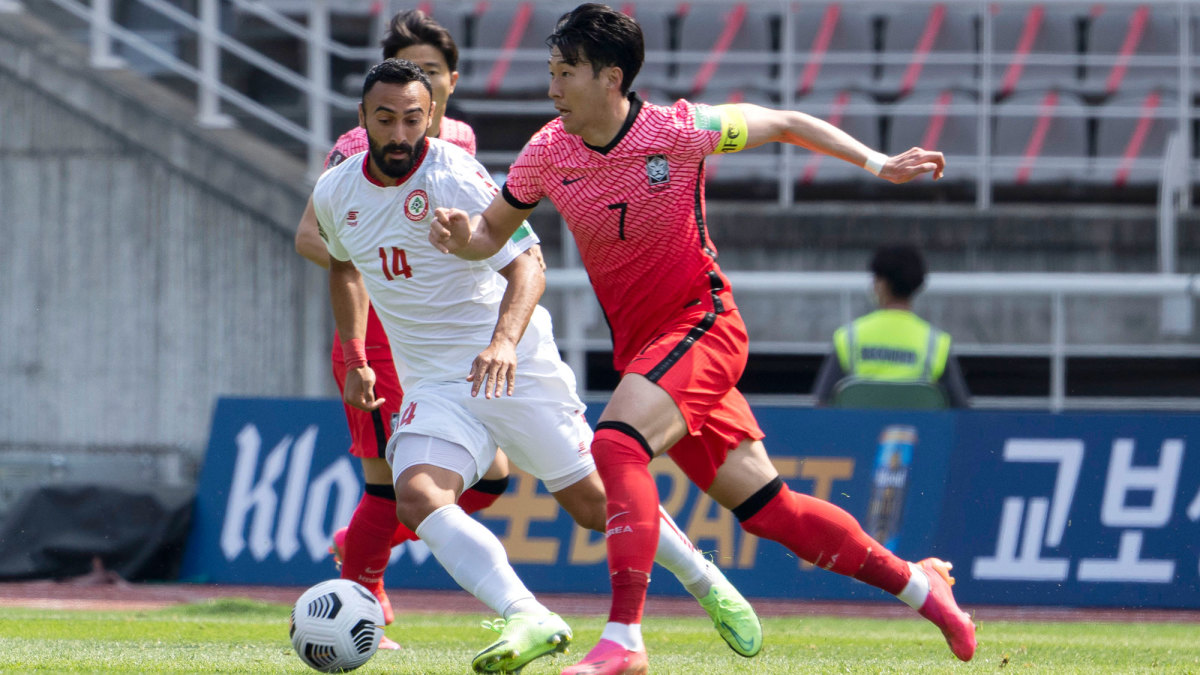
AFC
The Asian region's final round features two six-team groups, where the top two finishers in each group after 10 matches (each team plays the other home and away) qualify for the World Cup. The two third-place finishers go to a single-match playoff for the right to then go to an intercontinental playoff.
As it stands, in Group A, Iran (10 points) and South Korea (eight) are in good shape, with Lebanon (five points) currently in third. United Arab Emirates and Iraq (three points) and Syria (one point) have work to do to catch up.
In Group B, Saudi Arabia leads with 12 points, followed by Australia with nine. Oman is the surprise package, currently in third place with six points, leading Japan—the 26th-ranked team in the world—via tiebreaker. China (three points) and Vietnam (none) trail them all, with China's only points coming at Vietnam's expense.
OFC
Due to "logistical challenges presented by the COVID-19 pandemic," according to an OFC statement, the region has not yet begun the process of anointing its entrant in the intercontinental playoffs, and it's being taken to the wire.
Oceania is currently slated to stage the entirety of its qualifying process in March 2022, in Qatar, but the details otherwise remain hazy. It's unclear whether all 11 of Oceania's teams will participate (New Zealand, the highest-ranked team in the region, would be the favorite no matter the format; it has won Oceania's competition ever since Australia left for the Asian region after the 2006 cycle, though it fell in the intercontinental playoffs in each of the last two cycles), but it's the last chance to hold a tournament to determine the region's potential entrant by sporting merit. New Zealand is the highest-ranked side, should it come to that.
“Despite the issues presented by the pandemic, and subsequent border restrictions in our region, we are working hard to ensure these games can still take place,” OFC secretary general Franck Castillo said last month.
More Soccer Coverage:
